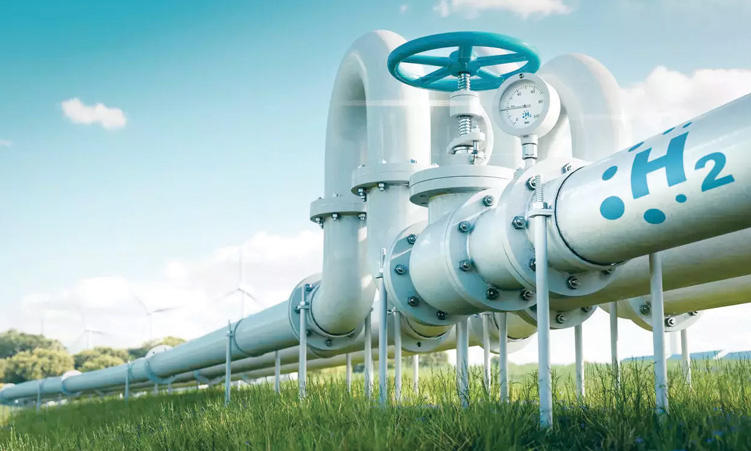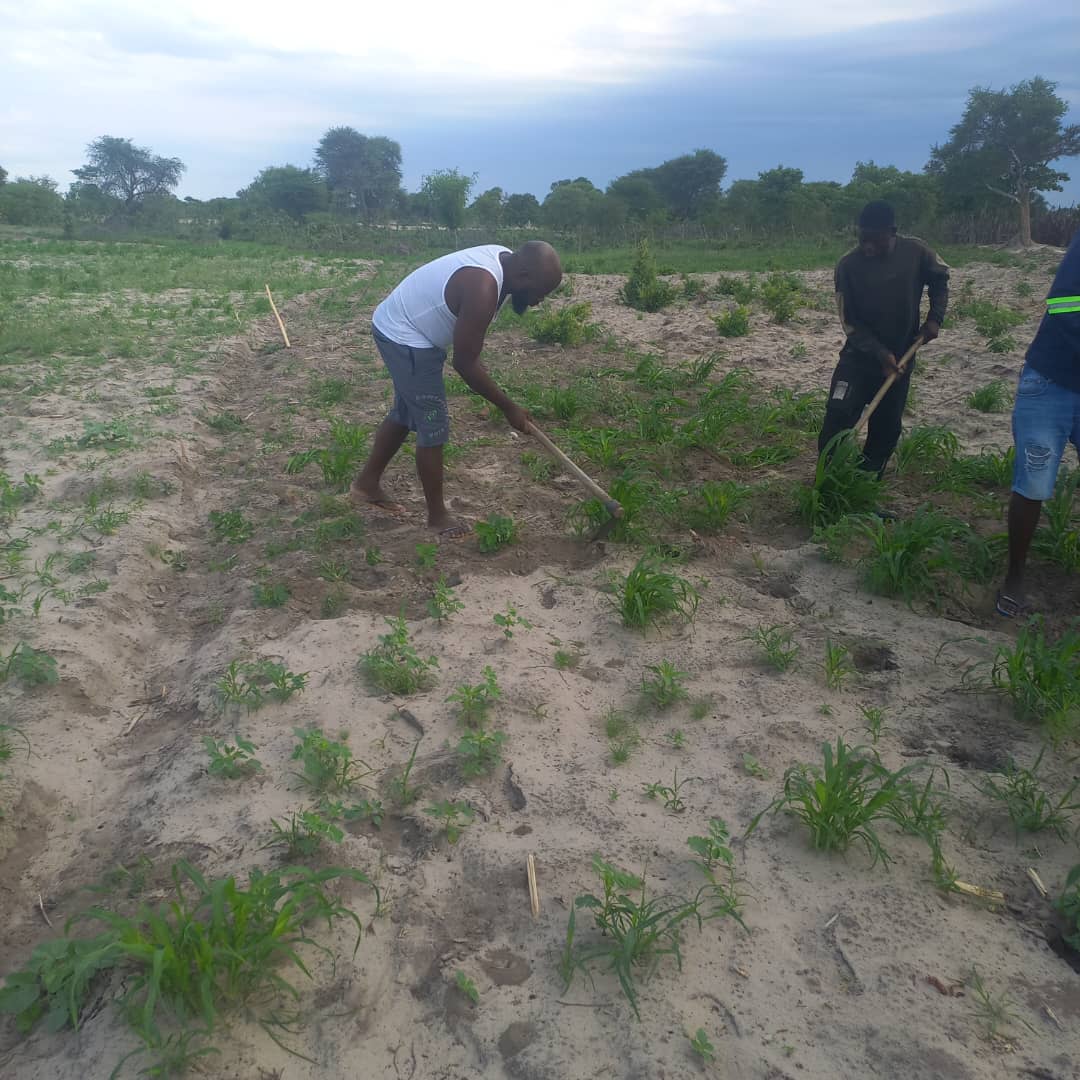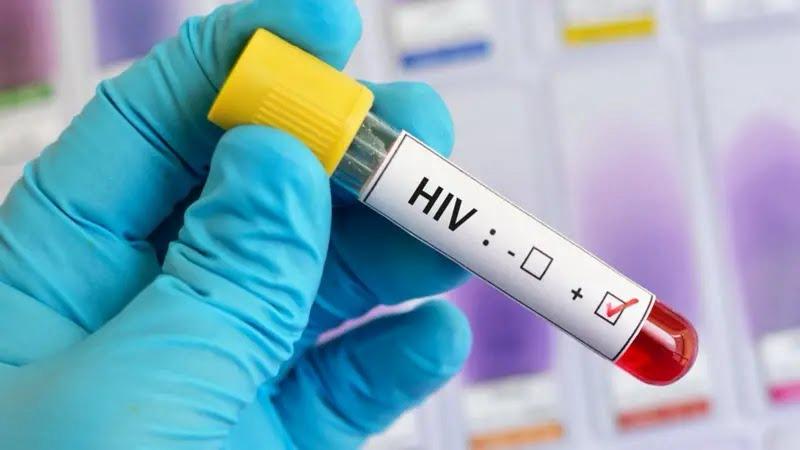Namibia’s aspirations to become a green hydrogen powerhouse are fuelled by lessons learned from China’s renewable energy journey.
This is according to officials from the Namibia Green Hydrogen Programme (NGH2P) who recently returned from a mission to Envision Energy’s facilities and the Green Hydrogen and Ammonia Synthesis Park in Chifeng, China.
In a media briefing held in Windhoek on Tuesday, Namibia Green Hydrogen commissioner James Mnyupe and NGH2P technical and construction head Theopolina Kapani outlined plans for Namibia’s first large-scale green ammonia facility, to be located near Walvis Bay.
The proposed facility aims to produce 500 000 tonnes of green ammonia per year by 2029, supporting Namibia’s industrialisation goals and global decarbonisation efforts.
“This plant is part of a broader vision, which includes establishing net-zero industrial parks in Namibia,” said Mnyupe.
These parks are modelled after Envision’s zero-carbon industrial zones in Ordos, China, which aim to reduce carbon emissions by 100 million tonnes annually by 2025.
At the International Maritime Organisation forum in London, Mnyupe and Kapani engaged with global experts on the transition to sustainable maritime fuels.
Given the organisation’s 2023 goal to reduce greenhouse gas emissions from shipping, green ammonia, with its zero-carbon profile, was spotlighted as a critical solution for maritime industries.
Namibia’s planned green ammonia facility is well-timed to meet anticipated global demand, projected to reach 2.3 million tonnes annually by 2030 and 60 million by 2040.
“Namibia’s coastal location, coupled with its renewable resources, makes it ideally suited to become a major exporter of green ammonia,” said Kapani.
The facility, approximately 70 kilometres from Walvis Bay, will also bring economic benefits to Namibia.
According to Mnyupe, the construction phase, beginning in late 2025, is expected to create significant local job opportunities and establish Namibia as a vital link in the global green energy supply chain.
“Our ambition is to replicate the success of Envision’s green hydrogen parks in Namibia, supporting local industry, employment and export markets,” said Mnyupe.
Additionally, Namibia’s national action plan on maritime decarbonisation, soon to be drafted in coordination with the NGH2P, will include provisions for green ammonia bunkering, green shipping corridors and the necessary port infrastructure.
A €200-million ammonia storage facility by Belgium’s CMB.TECH and the O&L Group, set to start construction in the first quarter of 2025, will further support this initiative, positioning Walvis Bay as a premier port for green shipping.
Namibia’s green hydrogen strategy, released in November 2022, set an ambitious production target of 10 to 12 million tonnes of hydrogen per year by 2050.
With strategic locations like Lüderitz and Walvis Bay designated as potential net zero industrial parks, Namibia aims to draw from Envision’s expertise to develop integrated hubs. These hubs would focus on green hydrogen production, battery manufacturing, and electrolyser assembly.
“Our goal is to establish Namibia as Africa’s leader in green industrial transition,” Mnyupe added, noting that collaboration with Envision is a vital step towards this goal.
As Namibia continues its push towards carbon neutrality, officials see partnerships with industry leaders like Envision as essential to meeting global demand for green energy.
Stay informed with The Namibian – your source for credible journalism. Get in-depth reporting and opinions for
only N$85 a month. Invest in journalism, invest in democracy –
Subscribe Now!







